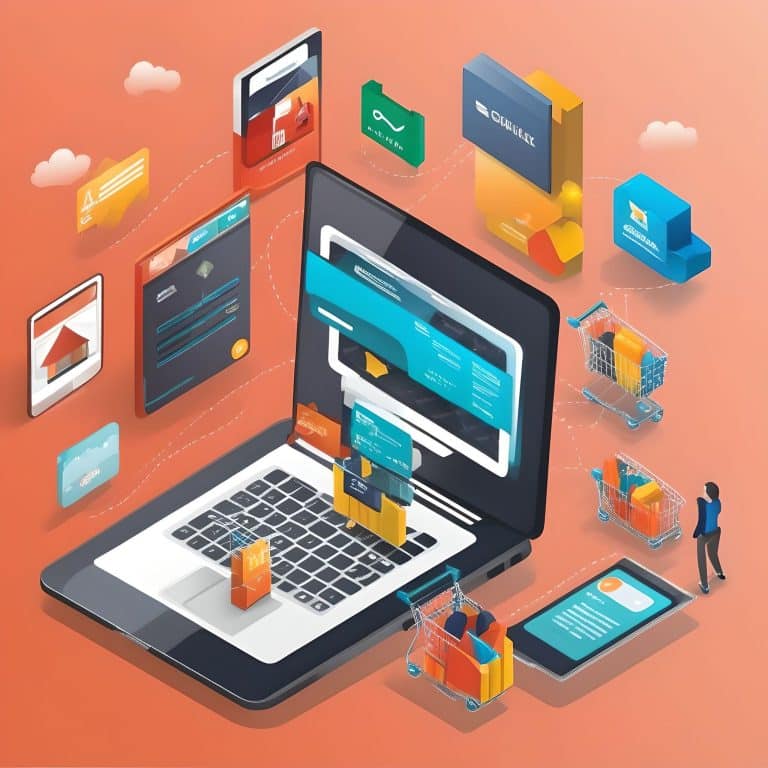When you’re looking to fill an IT position in your company, it’s important to understand the IT staffing process. This will help you find the best possible candidates for the job. This blog post will discuss the key steps involved in the IT staffing process and some tips for making it run smoothly. Keep reading to learn more.
1. What Is the IT Staffing Process?
IT staffing is the process of identifying, acquiring, and retaining workers who are skilled in information technology to fill IT positions within an organization. IT staffing aims to ensure that the IT department has the personnel necessary to meet its objectives.
To find the right employees for your IT department, you need to start by creating accurate job descriptions. A good job description will include a list of the essential duties and responsibilities of the position and the required skills and qualifications. Once you have a clear understanding of what you’re looking for, you can begin to screen candidates.
When screening candidates, it’s important to ask behavioral questions that will give you insight into how the candidate would perform in the role. For example, you might ask a candidate how they handled a difficult customer service issue. Behavioral questions will help you identify candidates who have the skills and abilities you’re looking for.
Once you’ve identified a pool of qualified candidates, it’s time to start interviewing. During the interview process, you’ll want to ask both technical and non-technical questions. Technical questions will help you to assess the candidate’s knowledge of the IT field, while non-technical questions will give you a better understanding of the candidate’s personality and work style.
After the interviews are complete, it’s time to evaluate the candidates. When evaluating candidates, be sure to consider both their technical skills and their non-technical abilities. The candidate who is the best fit for the position will be the one who possesses the skills and abilities that are most important to your IT department.
2. Stages to an employee lifecycle
There are four key stages to an employee lifecycle: recruiting, onboarding, performance management, and offboarding. Each stage is important in its own right, but the IT staffing process must be given special attention.
- Recruiting stage: Recruiting is the first stage of the employee lifecycle. This is when you identify the need for a new IT employee and begin to search for candidates. There are many ways to find IT candidates, such as job boards, online directories, or referrals. Once you have a pool of candidates, you can begin the interviewing process.
- Onboarding stage: The onboarding stage is when you transition a new IT employee into your company. This process can be difficult, as there is a lot of new information for the employee to learn. During onboarding, you should provide the employee with a clear job description, expectations, and training materials. You should also set up regular check-ins so that you can ensure they are adjusting well to their new role.
- Performance management: Performance management is the process of tracking an employee’s progress and ensuring they are meeting their goals. This stage is important for all employees, but it is especially important for IT employees. With the right performance management system in place, you can identify issues early and correct them before they become bigger problems.
- Offboarding stage: Offboarding is the final stage of the employee lifecycle. This is when an IT employee leaves your company, either through retirement, resignation, or termination. Offboarding can be difficult, but it is important to ensure that all company information and passwords are returned. You should also offer support to the employee during this transition period.
3. Steps in IT Staffing Process
3.1 Workforce planning
The first step in IT staffing is workforce planning. This is the process of identifying the number and type of employees you will need to meet your business goals. To do this, you will need to assess your current IT needs and projected future needs. Once you understand your IT staffing needs, you can begin to identify potential candidates.
3.2 Recruitment and selection
The next step in IT staffing is recruitment and selection. This is the process of identifying and selecting qualified candidates for open positions. There are many ways to recruit candidates, such as job postings, online job boards, employee referrals, and recruiting agencies. Once you have a pool of potential candidates, it’s time to start the selection process. The selection process typically includes an initial screening, an interview, and a background check.
3.3 Placement
Once you have selected the best candidate for the job, it’s time to place them in the position. This is where you will provide them with the necessary training and resources to be successful in their new role. Once they are placed in the position, you will need to monitor their performance and provide feedback.
3.4 Onboarding
This is the process of acclimating the new employee to their new role and responsibilities. During onboarding, you will need to provide the employee with information about your company culture, policies, and procedures. You will also need to help them develop a clear understanding of their job duties and expectations.
3.5 Training and development
Once the new employee is acclimated to their new role, it’s time to provide them with training and development. This is where you will provide them with the necessary skills and knowledge to succeed in their position. Training and development can take many forms, such as classroom training, online courses, or on-the-job training.
3.6 Performance appraisal
The next step in IT staffing is performance appraisal. This is where you will assess the employee’s performance and provide feedback. Performance appraisal can be done through formal reviews, informal conversations, or a combination of both.
3.7 Retention
The other step in IT staffing is retention. This is the process of keeping employees in their positions. To do this, you will need to provide them with a competitive salary and benefits package and opportunities for career growth. You will also need to create a positive work environment and culture.
3.8 Exit or separation
The final step in IT staffing is exit or separation. This is the process of terminating an employee’s employment. Exit or separation can be done through voluntary resignation, involuntary termination, or retirement.
4. Final Thoughts
The IT staffing process is essential for any business that relies on technology. By following the tips in this blog post, you can ensure that you find the best employees for your IT department. With a bit of effort, you can build a strong IT team to help your business succeed





